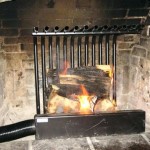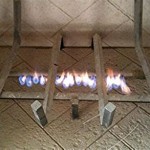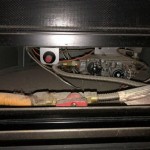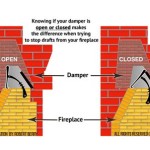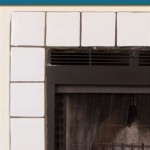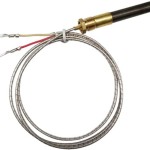Fireplace Insert Efficiency Comparison
Fireplace inserts are an excellent way to improve the efficiency and effectiveness of your existing fireplace while enhancing its aesthetic appeal. These devices are designed to be installed within your existing fireplace opening, providing a more controlled and efficient method of burning wood. Choosing the right fireplace insert can be a daunting task, as various models offer different features and efficiencies. This article will delve into the key factors influencing fireplace insert efficiency and provide a comprehensive comparison of various options available.
Types of Fireplace Inserts
Fireplace inserts are generally classified into three main categories based on their fuel source: wood-burning, gas, and pellet. Each type possesses unique characteristics influencing its efficiency:
Wood-burning Inserts: Wood-burning inserts are traditional and often favored for their authentic fireplace experience. However, they require regular maintenance and careful operation to ensure efficient burning. Modern wood-burning inserts incorporate features like catalytic converters and secondary combustion systems to achieve higher burn rates and reduced emissions.
Gas Inserts: Gas inserts offer convenience and ease of use. They are generally more efficient than wood-burning inserts as they utilize natural gas or propane, providing consistent heat output with the push of a button. Gas inserts come in various styles and designs, replicating the look of a traditional fireplace with realistic flames.
Pellet Inserts: Pellet inserts are powered by compressed wood pellets, offering an efficient and environmentally friendly alternative to traditional wood-burning fireplaces. Automatic feeding systems allow for extended burn times, minimizing manual intervention. Pellet inserts boast high efficiency ratings and require minimal maintenance.
Efficiency Ratings and Comparison
The efficiency of a fireplace insert is measured by its ability to convert fuel energy into usable heat. This is expressed as a percentage, with higher percentages indicating greater efficiency. Efficiency ratings for fireplace inserts vary depending on the type and model, but generally range from 60% to 85%.
Wood-burning Inserts: Despite their traditional appeal, wood-burning inserts typically have lower efficiency ratings than gas or pellet inserts. Modern models with advanced combustion technologies can achieve efficiencies exceeding 80%. However, factors like proper installation, wood quality, and operating techniques significantly impact efficiency.
Gas Inserts: Gas inserts generally boast higher efficiency ratings than wood-burning inserts, often exceeding 80%. This is due to their precise fuel control and efficient combustion processes. However, gas insert efficiency can vary depending on the model and its features, such as a sealed combustion system, which further enhances efficiency.
Pellet Inserts: Pellet inserts are renowned for their high efficiency ratings, often reaching 85% or more. Their automatic feeding systems and advanced combustion technology contribute to optimized heat output and minimal waste. Pellet inserts are an excellent choice for homeowners seeking a high-efficiency and environmentally conscious heating solution.
Factors Affecting Fireplace Insert Efficiency
Several factors, apart from the type of insert, influence its overall efficiency:
Installation: Proper installation is crucial for achieving optimal efficiency. Incorrect installation can lead to air leaks, reducing heat output and increasing fuel consumption. Consulting a qualified professional for installation is highly recommended.
Maintenance: Regular maintenance is essential for maximizing insert efficiency. This includes cleaning the combustion chamber, checking the chimney and flue for blockages, and replacing worn parts as needed. Proper maintenance ensures efficient fuel burning and optimal heat output.
Operation: Operating a fireplace insert correctly can significantly impact its efficiency. Using high-quality fuel, maintaining a consistent airflow, and avoiding excessive heat output contribute to optimal performance.
Home Insulation: The insulation level of your home also plays a role in fireplace insert efficiency. A well-insulated home will retain more heat, reducing the need for excessive heating and improving the effectiveness of the insert.

The Best Wood Burning Fireplace Inserts Or Stoves Ecohome

Top 5 Reasons To Consider A Fireplace Inserts Wi Ia Il

Gas Fireplace Insert Vs Furnace A Comprehensive Comparison Inserts Guy

Gas Insert Vs Wood Comparison Ysis 2024

The Top 3 Reasons To Choose A Gas Insert Over Log Set Hearthside Hearth Blog

Heat Efficiency A Comparison Of Four Systems Climatecare

Gas Fireplace Efficiency Vs Furnace Cost Comparison More

Comparing Fireplace Inserts What S Best For You Forge Flame

The Best Wood Burning Fireplace Inserts Or Stoves Ecohome

The Many Reasons You Should Consider Upgrading Your Fireplace

